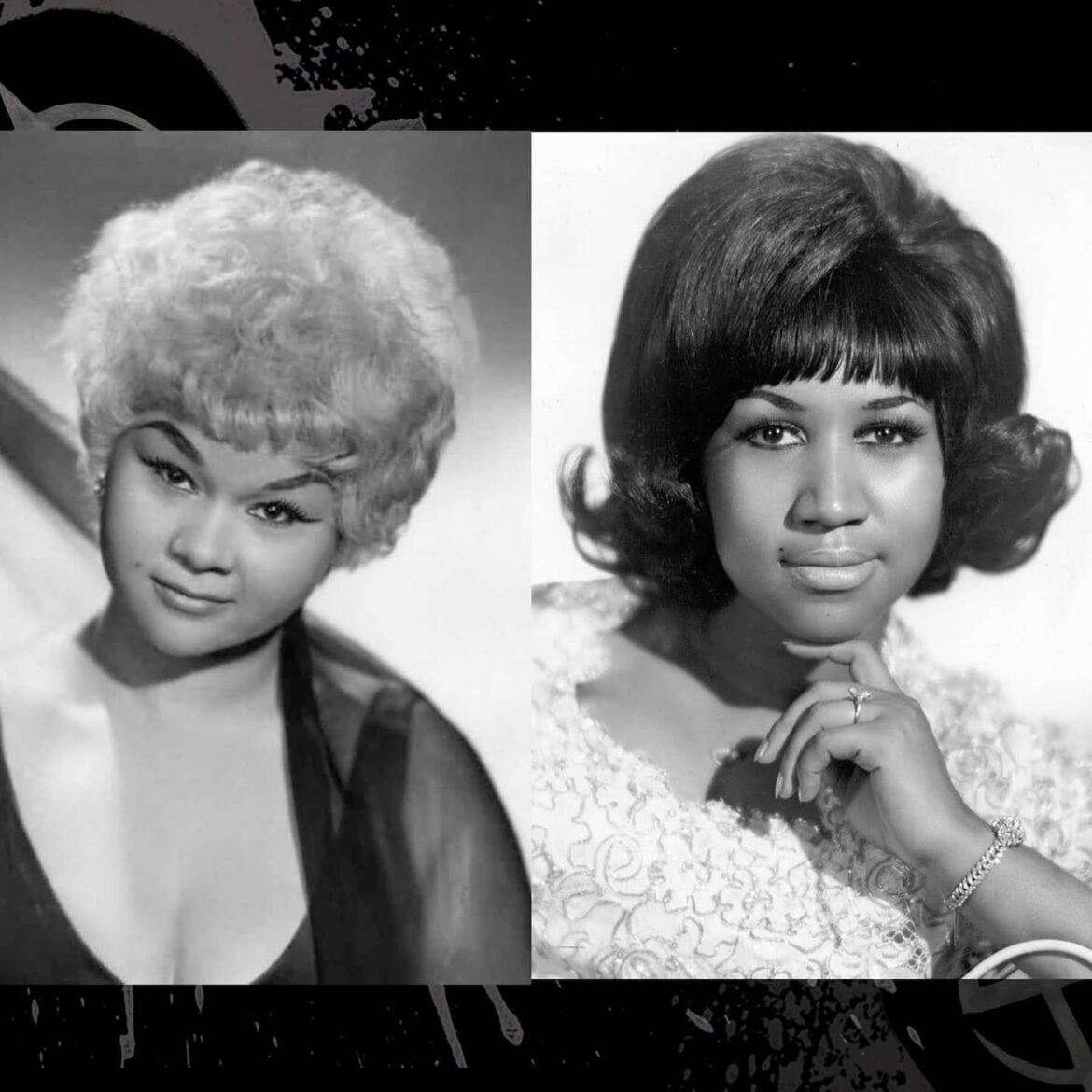“This game ain’t easy for a woman.”
In her no-holds-barred autobiography Rage to Survive, Etta James, one of the fiercest and most vulnerable voices of 20th-century music, lets us in on a hard truth: for women in the Blues, soul, and R&B world, the path to recognition was rarely smooth, and rarely walked alone. While much of Blues history celebrates the genius of individual women, the deeper truth lies in the fierce networks of friendship, rivalry, mentorship, and solidarity that connected them. David Ritz, who penned biographies of both Etta James and Aretha Franklin, captures more than just the music, he captures the emotional terrain of sisterhood forged under pressure.
Sisterhood in Struggle
Etta James admired Esther Phillips deeply. Both women started young, faced battles with addiction, and knew the sharp edges of fame and neglect. Etta called Esther “one of the most underrated voices in the game,” praising her subtle phrasing and emotional nuance. But she also understood the isolation Esther carried, how the industry pitted women against each other, or let them fall through the cracks when their shine dulled. Their lives mirrored each other in moments, jazz clubs and rehab centers, standing ovations and bitter heartbreaks.
Aretha Franklin: The Distant Queen
In Rage to Survive, Etta admits to both admiring and resenting Aretha’s polished image and seemingly effortless rise. “She was the church,” Etta wrote. “I was the streets.” Two women navigating what it meant to be Black, brilliant, and female in an industry that reduced them to archetypes: Aretha the divine, Etta the defiant. And yet, their shared experiences with controlling men, industry manipulation, and public scrutiny tethered them closer than either might have admitted.
Sisterhood in a Man’s World
The sisterhood between Blues and soul women was often forged in fire. It was rarely soft or sentimental. It was about calling each other out, lifting each other up, and surviving together, even when their stories were shaped by exploitation, addiction, and abuse. Women like Dinah Washington, Ruth Brown, Big Mama Thornton, LaVern Baker, and Koko Taylor all walked this razor’s edge, celebrated on stage, disrespected in business, and often misunderstood by the public. In private, though, they showed up for each other: sharing gigs, stage clothes, or just plain wisdom.
What Sisterhood Sounds Like
The music tells the story. You can hear it in the rough growl of Etta James, the whispered pain of Esther Phillips, the unshakable calm of Aretha Franklin. Their voices don’t just sing, they answer each other. Call and response. Question and balm. It’s a legacy of sound that defies isolation.
The sisterhood of Blues wasn’t always tidy. It was messy, flawed, and deeply human. But it existed and rooted in shared experience, mutual respect, and an understanding that no one woman could survive this industry alone. Today’s artists are not just inheriting the sound, they are inheriting that bond, that knowing look between women who’ve walked through fire and kept their voices. To speak of women in the Blues is to speak of struggle, but also, always, of sisterhood

This article was written by Eda Ozdek for Blues Remix, 2025

